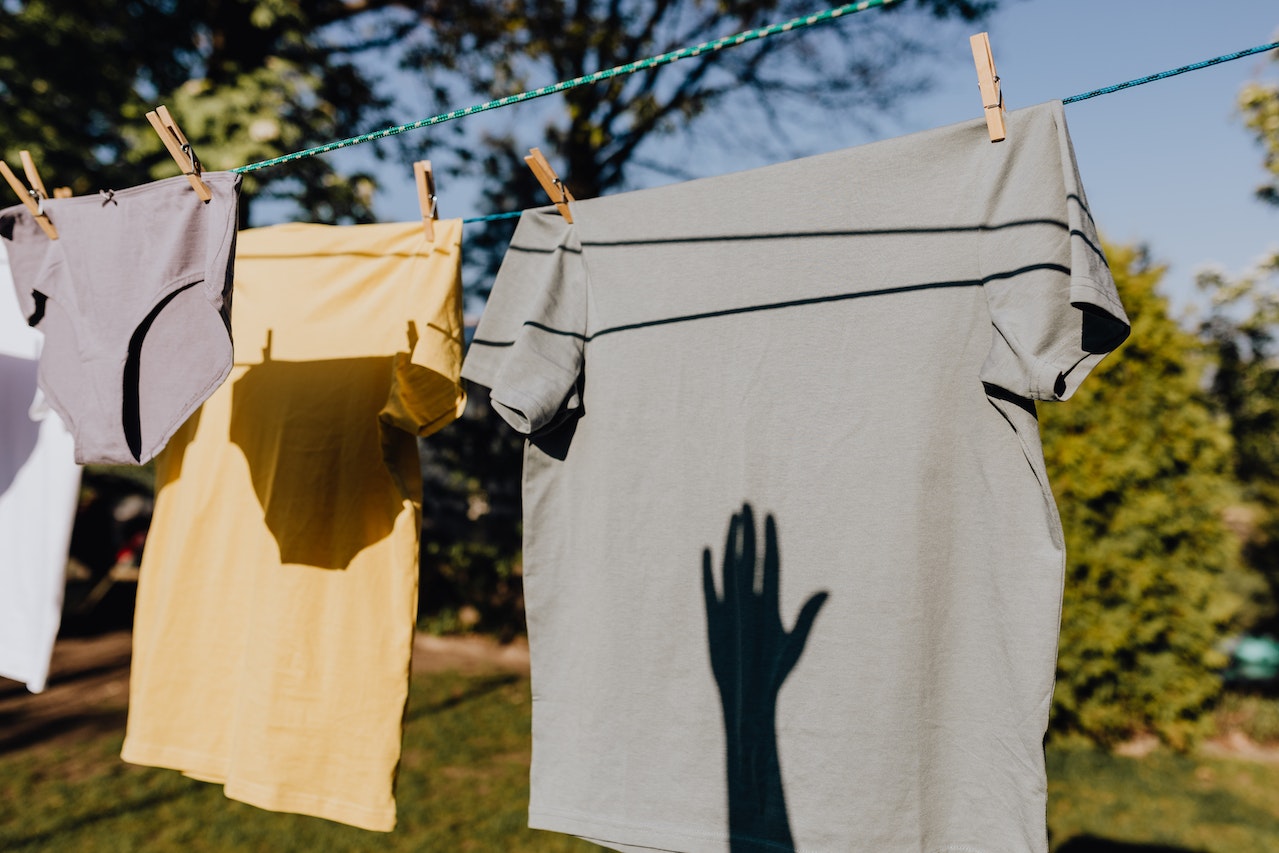The fashion industry is one of the biggest contributors to pollution on the earth, with 10% of the whole earth’s Carbon footprint being solely from the fashion industry. Luckily we are all becoming more aware of the impact we make on the environment, and there are small habits we can start to implement now to limit our overall waste production. Your wardrobe is a great place to start if you are looking to implement more sustainability into your life. Did you know that the average person only wears 20% of their clothes 80% of the time? For most of us, these statements will reign true if you start to think of all the clothing you have in your wardrobe that only sees daylight once a year. Becoming aware of your bad wardrobe habits is the first step towards achieving change.
We are all guilty of purchasing environmentally damaging clothing products at least once in our lives, and we will probably still make small purchases in the years to come. The key to sustainability is to start from within your own home, and looking into your wardrobe’s contents and making conscious choices will be a positive change. Here are some of our sustainable fashion tips to implement yourself:
Check What You Have
The first step is to first confirm exactly what you have. If you are an avid spring cleaner, you have probably cleared out your wardrobe once in the past before and discovered an array of clothing you forgot even existed. As painful as it might seem, it might be time to pull out all of the clothes from your wardrobe. There will be items that you have kept for years for ‘just in case scenarios, which in reality you have 10 different options for! Be strict with yourself, and if you have forgotten about the item or do not imagine yourself wearing it shortly, put it in a donate or sell pile. Never throw your clothes away, there is always another purpose for your materials!
Repurpose Items
On the topic of not throwing things away, giving your unwanted clothing items a new life is a great way to make use of the materials you would have otherwise thrown away. For example, if you have a pair of shoes that seem to be on their last legs such as converse, there is a lot of room for breathing some new life into them. You can remove stains from your shoes using baking soda which is a better alternative to using harsh chemicals. Also, you might have some spare shoe laces lying around the house that can give a new look to your shoes. There is a lot of room for revamping your current items to make them seem new, but if you know that no amount of DIY will make you wear the items there are alternative options to consider.
Donate Unwanted Clothes
If you have clothes you know that you have grown apart from, it might be time to donate the clothes to a local charity. Many people send bags of clothes to charity stores in hopes that they find a new home. Sometimes donating your clothes to be loved by someone else is the best option, especially if the alternate option is to dump them in a landfill. Millions of clothing and shoes are sent to landfills each year due to their non-renewable nature, therefore sending them directly to someone else is the most responsible choice.
Buy Pre-Loved
If you have reviewed your clothing and realised that you overall have a deficit of clothing options after organising the non-desirables, you should consider buying your clothing second-hand. Beginning the habit of buying your clothing second-hand is a great way to boycott the fast fashion industry and its mass production of clothing. It is well worth searching the newest online marketplaces especially, such as Vinted, eBay, and Depop. The product selections on these sites can range from luxury streetwear to useful homeware items. They have so many choices of brands and also handmade clothing items, so you can know that you are buying from reliable sources.
Be Product Conscious
If buying second-hand doesn’t appeal to you, you can always invest in environmentally friendly fashion pieces from organic suppliers. There are so many sustainable fashion brands to choose from that house solely organically made items. Organic clothing can come with higher price tags, but it is a great way to embody the sustainable term of ‘less is more’ whilst housing valuable items in your closet.
Buy Quality, Not Quantity
The saying goes buy nice, buy twice. This is certainly the case with clothing. Often, people can be put off by the high price tag of quality clothing when you start on your eco journey. There are some tips to help part with your money though.
It’s very easy to go to the high street and pick up a new top that is budget-friendly, but when you compare this to a more expensive alternative, you will be able to feel the difference. The biggest problem with budget clothing is that don’t last and will only be able to wear it for a couple of washes. When buying more expensive clothing, it lasts you much longer and it stays nice for longer if looked after properly. Knowing this makes it that little bit easier to spend a good amount on your clothing.
Wash Your Clothes Less
This obviously sounds disgusting, but not everything needs washing after one use. Of course, you need to wash items such as socks, underwear, tees and sportswear, but everything else can go back in the wardrobe once you have worn it. Jeans for example should never be washed as it destroys the integrity of the jean. One of the best ways to look after your clothes is to wash less. If you have an item that smells slightly, fabric cleaner will remove the odour and you will be able to put it back.
To extend your clothes life further, always wash them at cold temperatures. Washing on heat accounts for 80% of the energy and washing clothing at 30 degrees can reduce energy consumption by 40%. Not only does it save you energy, but it also extends the life of your clothes by a lot. Heat destroys fabrics in clothes, so washing in cold helps to keep these fabrics intact.
There are many ways to make your wardrobe more sustainable, but by washing your clothes in cold temperatures, learning to repair your clothes and buying quality over quantity are all great ways to reduce your carbon footprint.































No Comments
Leave a comment Cancel